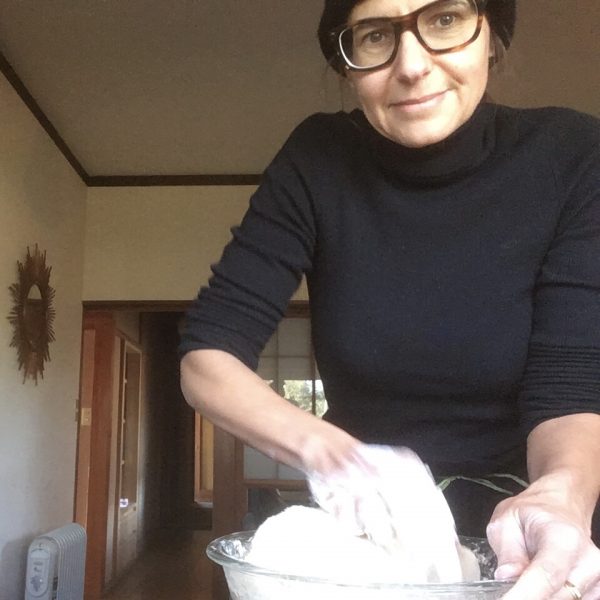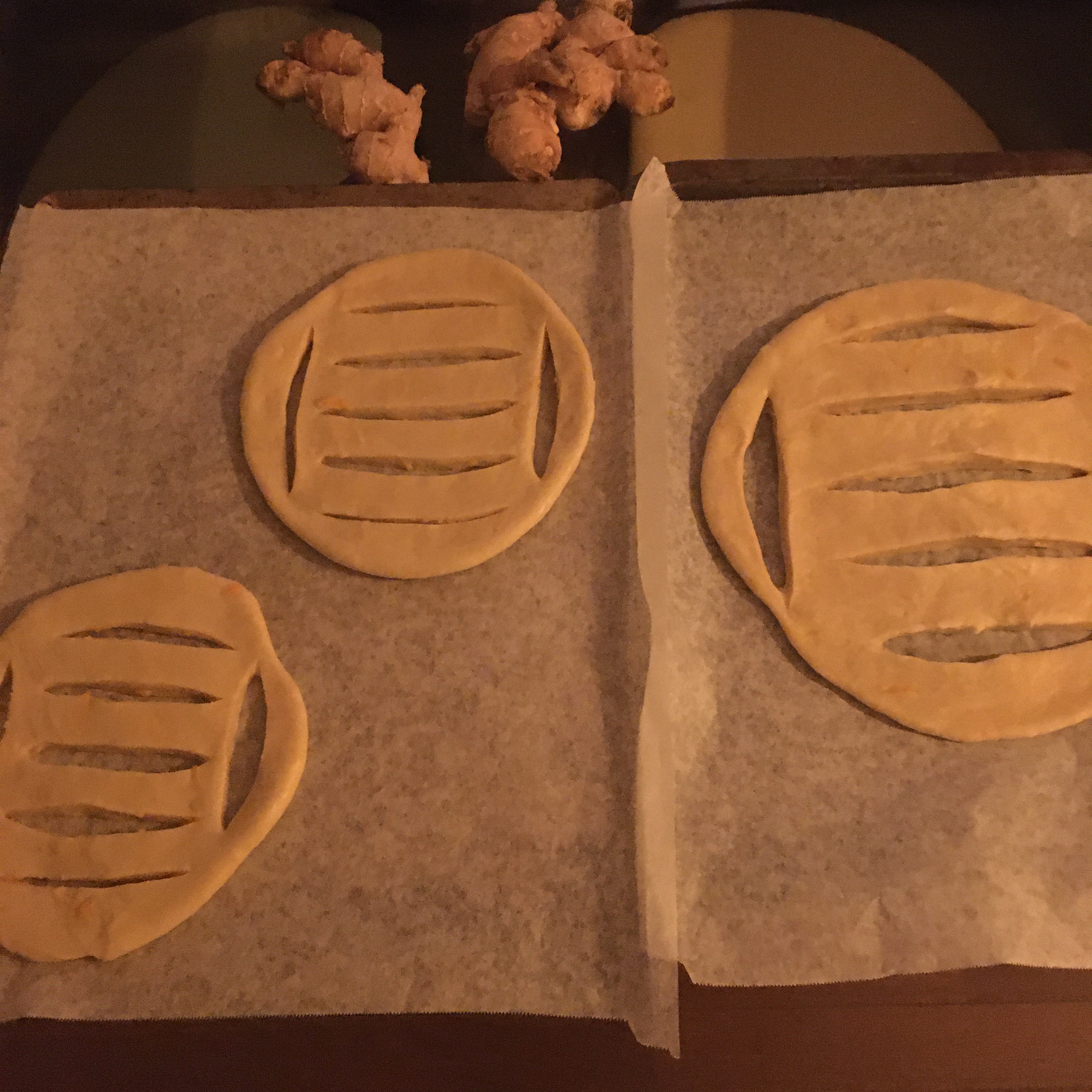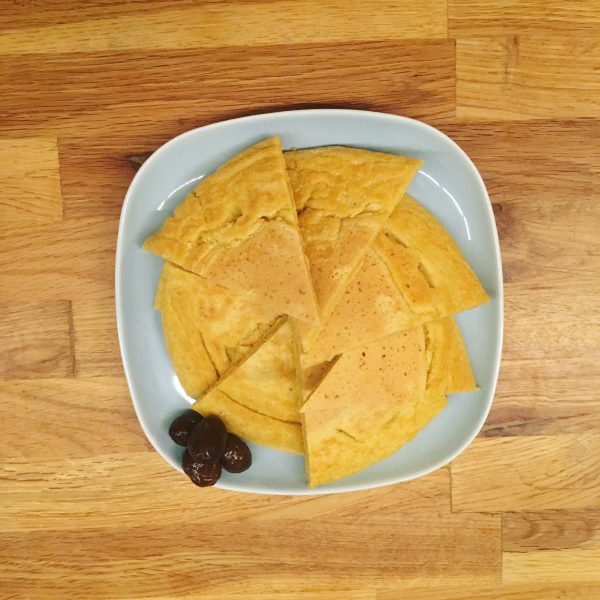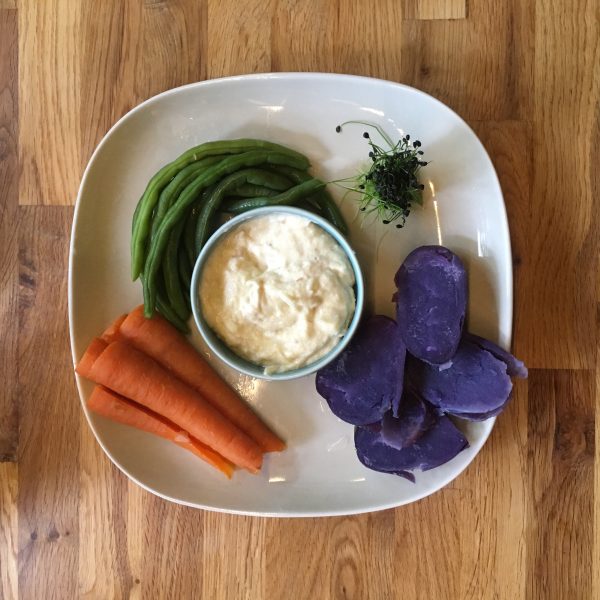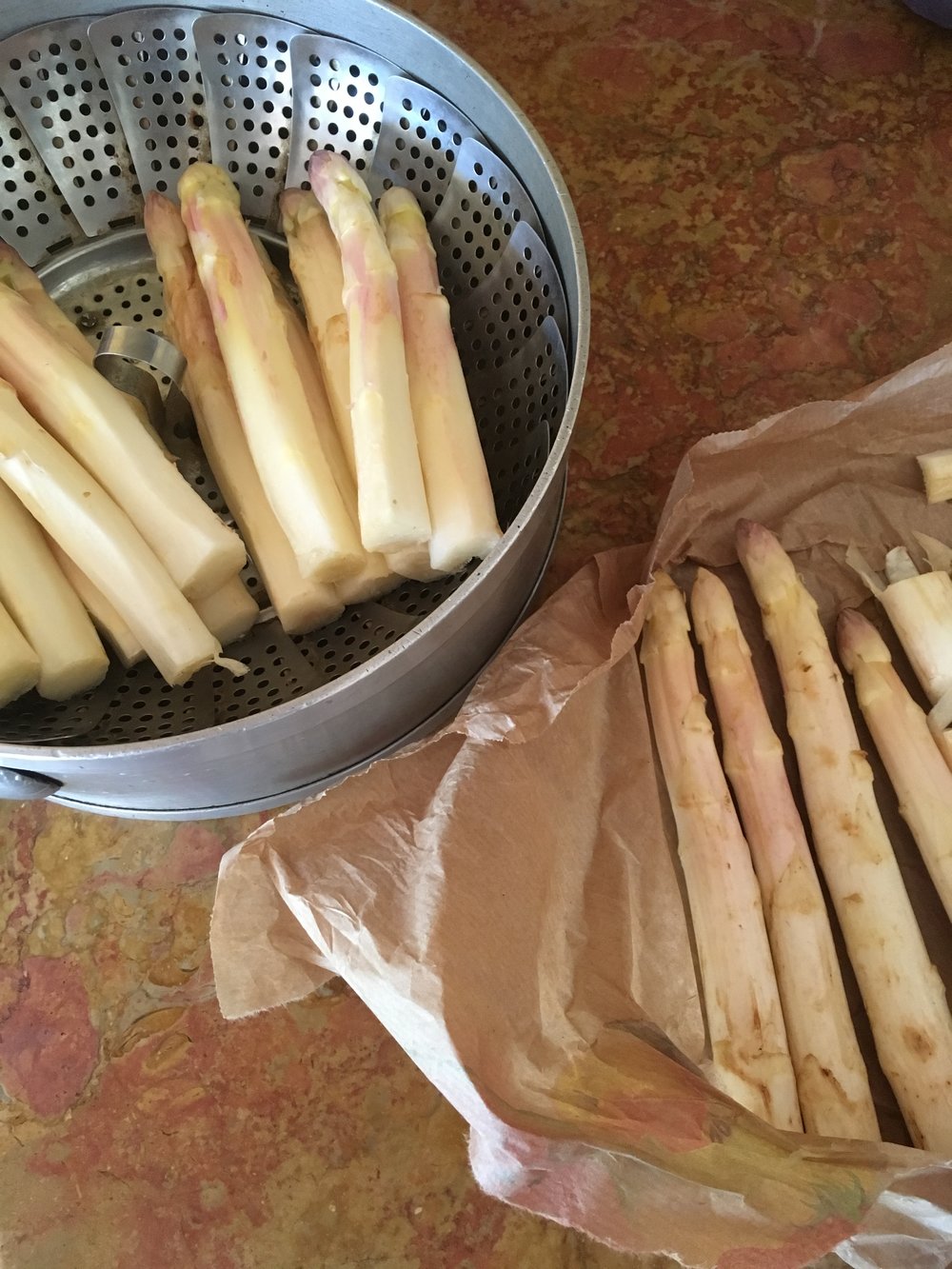Hello my friends!!!
It’s been a long time, right! Well the blog is not dead at all, I just encountered technical issues between the web hosting and wordpress and finally A. solved the problem for me!
So I am back!!!
There has been quite a few recipes I wanted to share here, but they have become obsolete since the ingredients are not seasonal any more. All the beautiful foods from the autumn are gone and now it’s getting really cold and winter mode, with leeks, daikon, cabbages. And because it is right before Christmas I am baking pompes a l’huile every weekend.
Since the first I made in 2015 and the recipe I used then, things have evolved a little. I solely use citrus fruits, and more than often yuzus from the garden, which I didn’t have back then. Also I don’t use yeast anymore, it’s been 3 years now I have started using sourdough. The result is amazingly delicious!!! I have also become much better at rolling and shaping. Back in 2015 I was rolling it too thin.
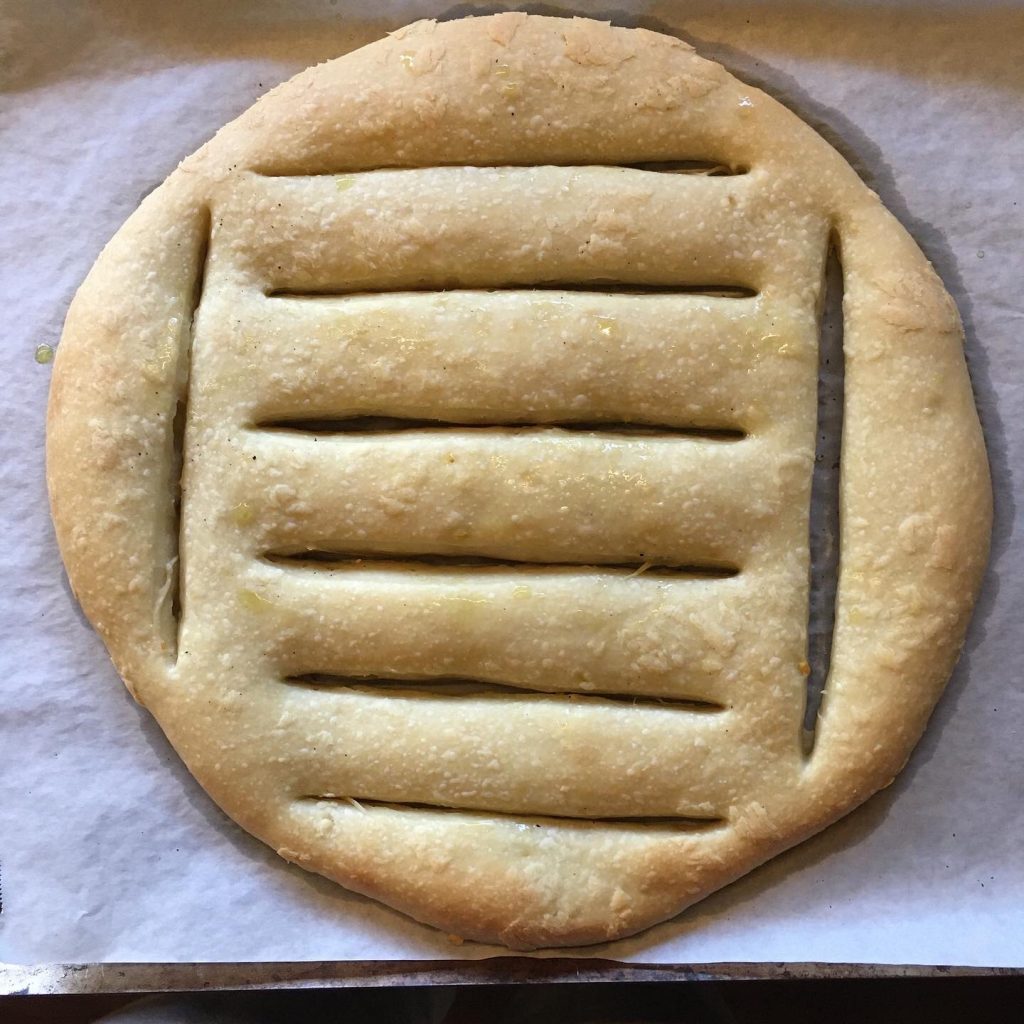
Pompe a l’huile
- 200g of flour
- 20g of sourdough
- 80g of olive oil
- 30g of sugar
- 6g of salt
- The zest of a yuzu (can be replaced by orange or any other citrus fruit)
- The juice of the yuzu (same, can be replaced by any other citrus fruit)
- Water
In a large bowl stir all the ingredients but water. Add water little by little while kneading until the dough is smooth and can form a ball. Let rest for a few hours in a warm place. The dough don’t rise much usually, but you should feel it has changed consistency.
Roll in a circle about 30-35cm and make the cuts.
Bake at 200C for 18-20min or until lightly golden.
I think it is almost impossible that this recipe goes wrong!
